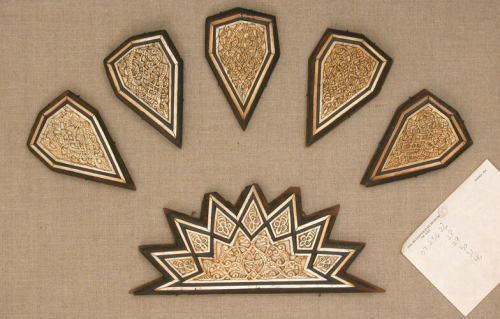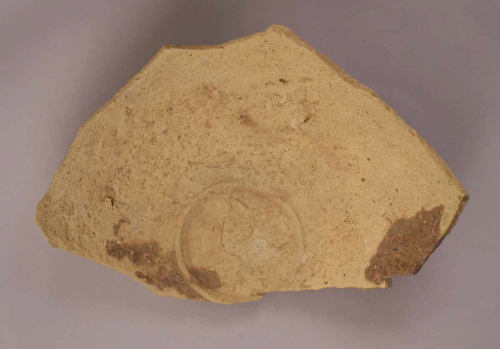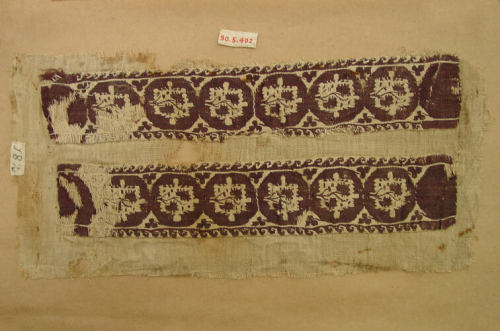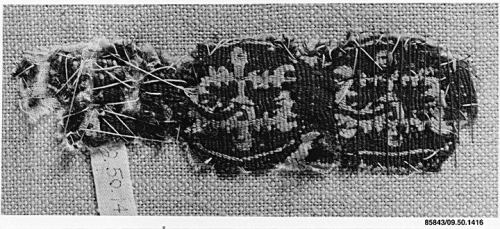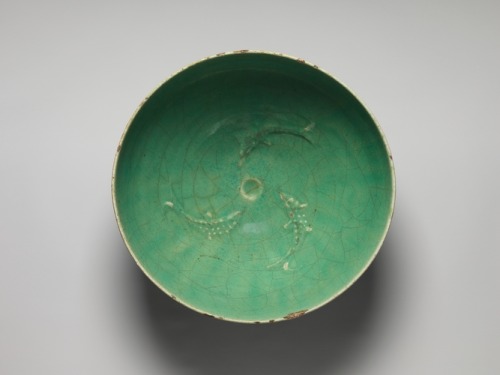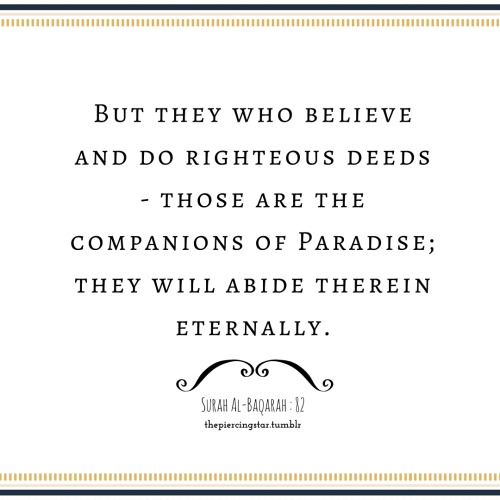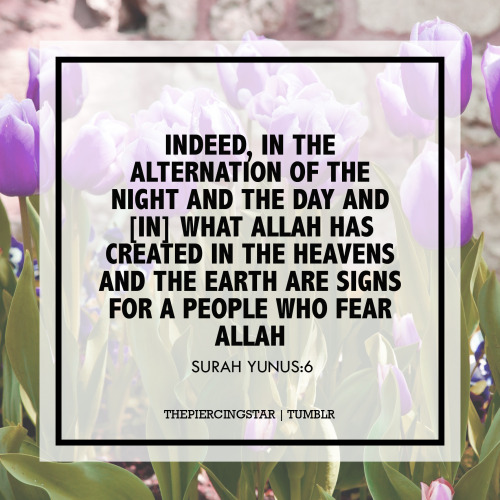#islamicart
Cross-Shaped Tile, second half 13th century,Metropolitan Museum of Art: Islamic Art
H.O. Havemeyer Collection, Gift of Horace Havemeyer, 1941
Size: H. 8 in. (20.3 cm) W. 8 in (20.3 cm)
Medium: Stonepaste; luster-painted on opaque white glaze with touches of cobalt blue and turquoise color
https://www.metmuseum.org/art/collection/search/450452
Post link
Panel, 13th century,Metropolitan Museum of Art: Islamic Art
Rogers Fund, 1907
Size: Largest piece (Semi-circle): H. 4 7/8 in. (12.4 cm) W. 11 ¼ in. (28.5 cm) D. 11/16 in. (1.8 cm) Smallest piece (Triangular shape): H. 5 3/8 in. (13.7 cm) W. 3 3/8 in. (8.5 cm) D. 11/16 in. (1.8 cm)
Medium: Wood; carved, inlaid with ivory
https://www.metmuseum.org/art/collection/search/445050
Post link
Fragment, 9th century,Metropolitan Museum of Art: Islamic Art
Gift of Noel E. Baker, 1952
Size: H. 2 5/16 in. (5.8 cm) W. 6 9/16 in. (16.7 cm) D. 4 3/8 in. (11.1 cm)
Medium: Earthenware; unglazed
https://www.metmuseum.org/art/collection/search/451136
Post link
Fragment of a Sleeve, 3rd–4th century,Metropolitan Museum of Art: Islamic Art
Gift of George F. Baker, 1890
Size: Max. H. 10 5/8 in. (27 cm) Max. W. 5 1/8 in. (13 cm)
Medium: Wool, linen; plain weave, tapestry weave
https://www.metmuseum.org/art/collection/search/443888
Post link
Fragment of a Band, 4th–5th century,Metropolitan Museum of Art: Islamic Art
Rogers Fund, 1909
Size: H. 4 ½ in. (11.4 cm) W. 1 ½ in. (3.8 cm)
Medium: Linen, wool; tapestry weave
https://www.metmuseum.org/art/collection/search/445737
Post link
Bowl with Fish Motifs, first half 14th century,Metropolitan Museum of Art: Islamic Art
H. O. Havemeyer Collection, Gift of Mrs. Horace Havemeyer, in memory of her husband, Horace Havemeyer, 1959
Size: H. 5 in. (12.7 cm) Diam. 1 ¼ in. (28.6 cm)
Medium: Stonepaste; molded and glazed
Post link

Love is in the air today…. Happy Valentine’s Day!
Image description: A painting of an Indian couple wearing traditional Indian garment, standing in the middle of the green field with some vegetations. A man is on the right and his right hand is gently resting on a woman’s right shoulder. She is looking at his face.
Shah Shuja with a beloved, a folio from the Shah Jahan album (NY Met, 55.121.10.35)
Govardhan, 17th c., Indian [artist]
Gold, ink, and opaque watercolor on paper
Dimensions:38.9 centimeters; 26 centimeters
Mughal
Islamic
c. early 16-17th centuries
Repository: Metropolitan Museum of Art, New York, New York, United States
HOLLIS number: 8001352875
Two Green Dishes
These ceramic dishes come from quite different parts of the world, but tell an interesting story of cross-cultural influence.

The first dish with trailed green decoration is from 10th-century Iraq, during the Abbasid Period which lasted from AD 750–1258. The Abbasid Period is one of the most prolific moments of ceramic production in the Islamic world, with lots of experimentation with glazes and surface decoration inspired by foreign trends as well as local demand.
Around the time this dish was made, Chinese ceramics had become all the rage with Muslim potters. Many began collecting and imitating the range of ceramic styles produced there: the choice of the green glaze we see on the Iraqi dish is reflected in the second dish, which was made in Tang Dynasty China centuries prior.



